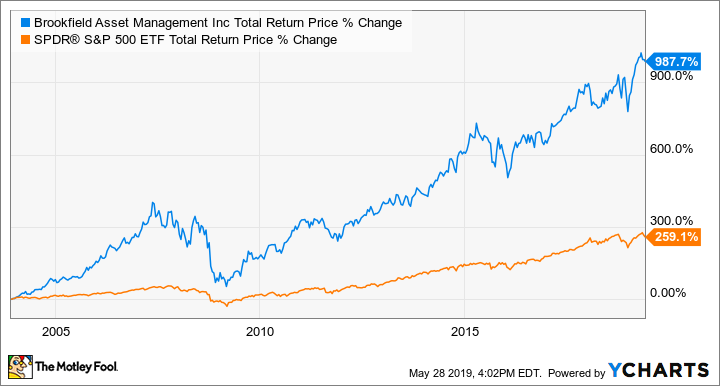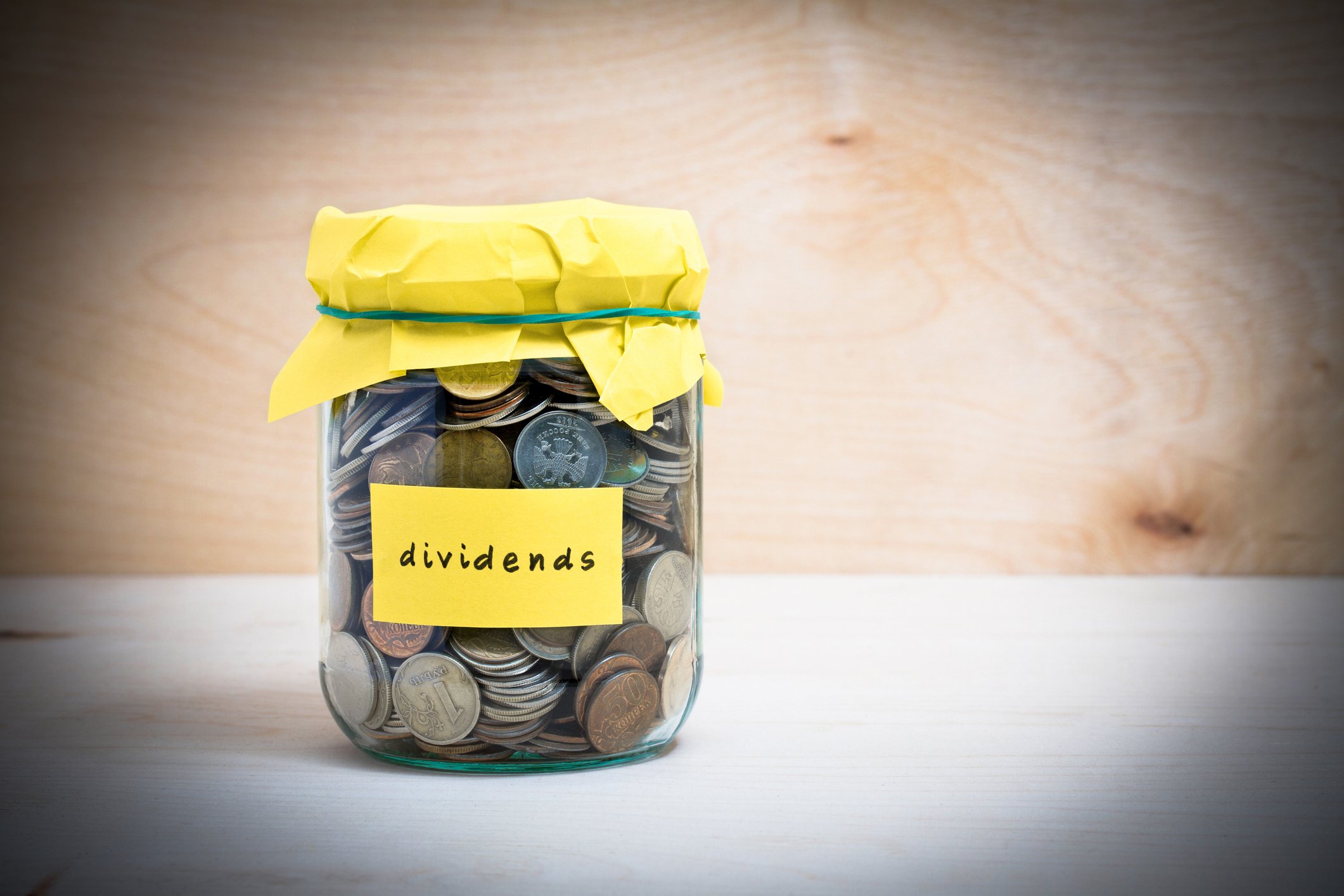There are enormous growth opportunities in real estate and infrastructure. Brookfield Asset Management (BAM +1.14%) has been investing in these types of assets for more than 20 years and delivering market-smashing returns in the process. A $10,000 investment in the stock made 15 years ago would be worth $83,000 today, including dividends.
Brookfield is a great stock to add to a Roth IRA in which gains aren't taxed as long as the money isn't withdrawn until a certain age. There's a tremendous need for infrastructure around the world, and institutional investors continue to pour billions of dollars into alternative-asset funds. This serves as a tailwind for Brookfield's asset-management business.

IMAGE SOURCE: GETTY IMAGES.
A brief introduction to Brookfield
Over the last 20 years, Brookfield Asset Management has assembled a world-class collection of businesses spanning office buildings, power generation, and retail, just to name a few. The company currently has assets worth over $365 billion.
As the name implies, Brookfield Asset Management operates primarily as an asset manager. The company raises capital from institutional investors for its listed partnerships, private funds, and public securities. Its listed partnerships include Brookfield Infrastructure Partners (BIP +0.93%), Brookfield Business Partners (BBU +2.76%), Brookfield Property Partners (BPY +0.00%), and Brookfield Renewable Partners (BEP +0.79%).
The company makes money from fees earned on the assets it manages, as well as cash distributions it receives for the money invested alongside its clients. Over the last five years, funds from operations more than doubled, to $4.23 per share.
A value investor in hard assets
Brookfield excels at buying high-quality assets at value prices. This means the company is usually the most active in acquiring assets when valuations drop due to market volatility -- as we saw in late 2018.
Last year, Brookfield raised $40 billion from investors, invested $35 billion, and sold $14 billion worth of assets. The company acquired a collection of office and residential properties in New York, San Francisco, Washington, and Boston for a total of $11.4 billion. It also acquired Westinghouse Electric Company for $4 billion, a renewable power business called Saeta Yield for $3.1 billion, and committed to buying a global battery maker for cars for $13.2 billion.
Brookfield has been making big deals like these for years. Most asset managers don't have the size and scale to make multibillion-dollar deals, which means there's less competition when Brookfield bids for large assets.
The company's approach to investing has delivered impressive returns to investors over the years. Through Feb. 13, 2019, the stock had returned 17% annualized over the last 10- and 25-year periods -- better than management's stated goal to deliver between 12% to 15% per year to shareholders.
BAM Total Return Price data by YCharts.
Long runway for growth
The company's ability to deliver high returns by investing in large, quality businesses is one reason institutional investors continue to send billions to Brookfield. The company needs to keep attracting money from institutional investors to sustain the high double-digit returns investors are used to. More assets under management lead to higher fee-related earnings, and that, in turn, leads to more cash that can be reinvested into the business or distributed to shareholders through dividends or share repurchases.
The total amount of money from outside investors (or fee-bearing capital) at the end of 2018 stood at $138 billion, which has increased 12% per year since 2014. Over the last year, BAM completed a round of fundraising for its real estate, private equity, and infrastructure funds, raising a total of $22 billion. And more is on the way.
Management believes there are massive sums that will shift toward alternative asset funds over the next decade. By 2030, management expects institutions to allocate up to $40 trillion in alternative assets, which would provide a huge tailwind for Brookfield's growth.
What's more, the increase in allocation may not be enough to cover the huge need for infrastructure improvements around the world. According to the United Nations, it will require $4.5 trillion annually to meet this need but there's only $2 trillion being spent per year on infrastructure globally. That's a massive shortfall, but it's clear that institutional investors sense a lucrative opportunity to meet the growing demand for infrastructure, which should benefit Brookfield's business.
I don't always advocate for following the so-called "smart money," but in this case, I believe Brookfield Asset Management is one of the best stocks you can put in a Roth IRA.










